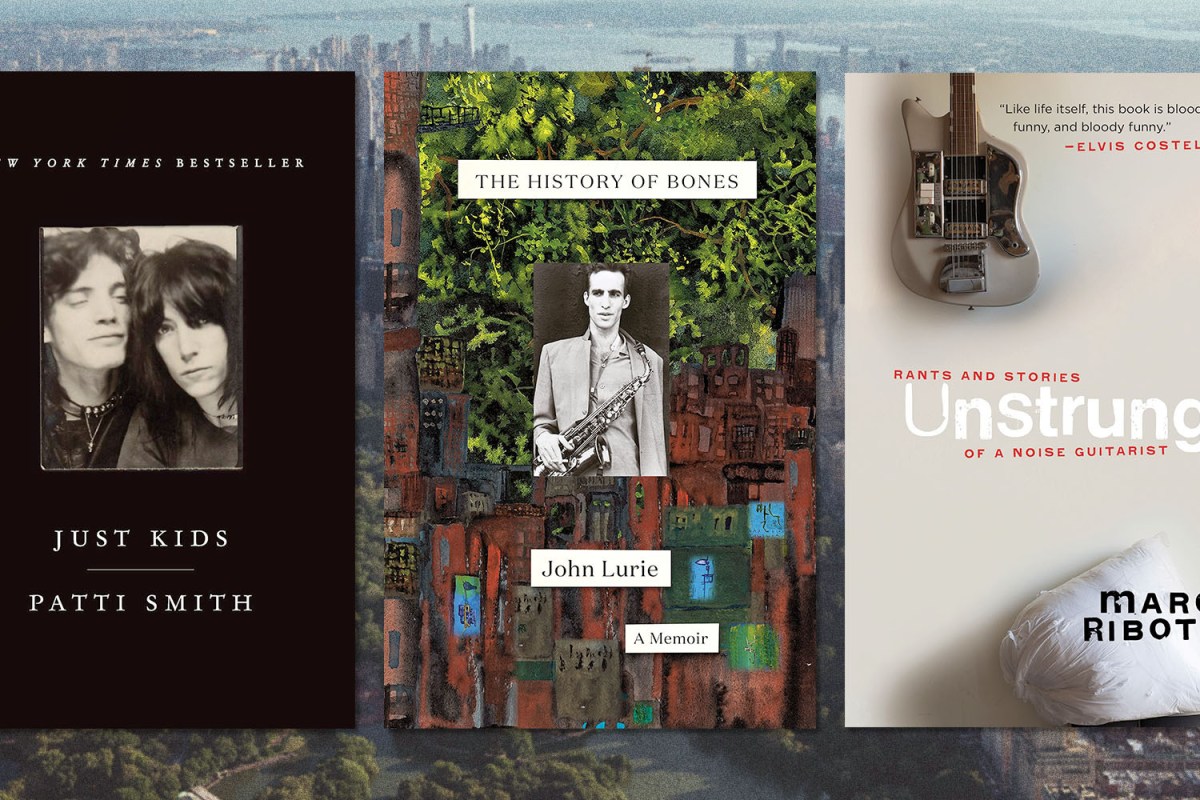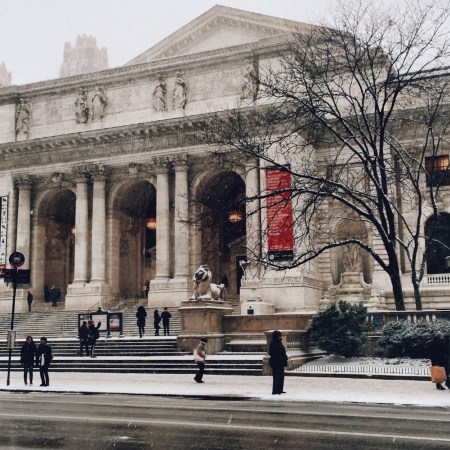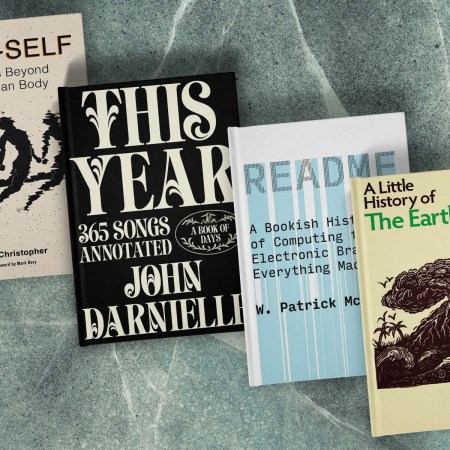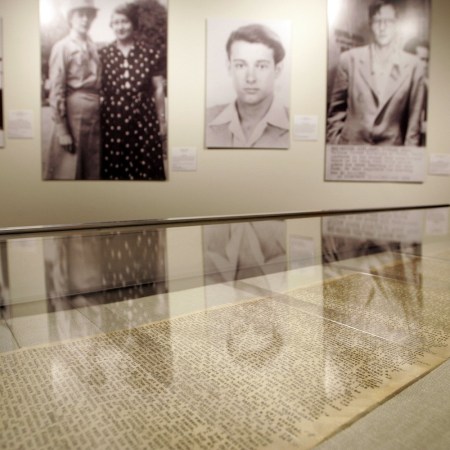At its best, New York City represents everything good about humanity. It’s got entirely too many people occupying entirely too little space, and yet everything somehow balances out and not only works, but thrives. At its worst — beyond the noise, high rents, sidewalk garbage, tourist traps and guy in your subway car who may or may not actually have the knife he claims he does — it’s also an idea people won’t shut up about. “If I can make it there, I’ll make it anywhere”; “pretend it’s a city”; “concrete jungle where dreams are made of”; “those were the reasons, and that was New York.”
How many books and essays and songs and screenplays and tweets and status updates and other forms of communication have been written about New York City? I don’t want to think about that. Herman Melville, Edith Wharton, Fitzgerald, Baldwin, McInerney, Seinfeld, Sex and the City — the list goes on and will probably never end.
Still, I can’t remember a specific period of the city’s history being given the amount of page space or word counts in such a short time as two new memoirs from a pair of NYC creatives who are relatively unheralded outside of the city but demigods to those who know them: John Lurie’s The History of Bones and Marc Ribot’s Unstrung. Both books cover the life and times of artists trying to get by in the big city between the 1970s and Rudy Giuliani’s meteoric rise to power, culminating with his taking the mayor’s office in 1994 and announcing his intentions to “clean up” the famously filthy city.
The “downtown NYC” memoir has been a hot thing in recent years, thanks in no small part to the popularity of Patti Smith’s Just Kids, the lyrical, almost fairytale-like story of Smith’s early days in NYC, her growth as an artist and her friendship with the artist Robert Mapplethorpe. Between its sales and the National Book Award it picked up in 2010, Just Kids made publishers realize there’s a market for books by and about weirdos who made art in Manhattan before Manhattan turned into whatever the hell it is now, and whatever it will be in five, 10 or 20 years. New York is a city that is somehow always in transition while singularly true to itself; people have moved there chasing one dream or another for the better part of two centuries, and they’ll continue to for two centuries hence. But that particular 20 or so years that began in the mid-1970s represents something we as a culture seems to have lost. It was a time when you could be an artist, and that was all you needed to be.
Since Just Kids, there have been a few new examples of memoirs by some of Smith’s more well-known colleagues from the CBGB world — most notably Richard Hell and Debbie Harry — but Lurie and Ribot were decidedly more fringe even in a world of outsiders. While Harry became a pop star and Hell an icon whose looks influenced what we’d come to know as punk style, Lurie and Ribot simply made things. Lurie, who first gained recognition with his difficult-to-classify but brilliant jazz group the Lounge Lizards, has also been an actor and now spends his days as a painter. Ribot is even more difficult to explain to people who haven’t heard him; he’s accomplished enough to have worked with the likes of Tom Waits and Elvis Costello, but he’s hardly a household name.
Household names tend to be boring, though. Ribot and Lurie, who have worked together in the past, are hardly that. In fact, even though I’d grown tired of the downtown memoir writ large, I was eager to read both books and learn about a pair of artists I’ve been a fan of for years. Hopeful I’d get a little of that old magic that comes with getting to know and understand people, along with a fresh perspective on their work. It doesn’t happen as often as you’d think, but in this case, it did.

The History of Bones is more conventional in structure. It’s entertaining to read about the artist as a young iconoclast, a proto-punk pothead who played in a late-1960s Massachusetts band called Crud before going on to dabble in everything from jazz to the occult. He’s a curious and funny guy with stories to tell, and that’s why it’s perfectly fine that it takes a little while for his journey to take him to NYC. This is John Lurie’s memoir, after all, and not a book about any one city.
Yet when he does get to his experiences, we find some real nuggets of wisdom and insight into a wild time in New York City. The days that now get filed under the “post-punk” label. The early hours of No Wave. A period of creativity that has really started to get the rose-tinted treatment the “Summer of Love” got for years. Which is a curious way to depict it: sure, rent was cheap and lots of people seemed hellbent on making everything and anything they could, but New York itself was gritty and dangerous. This was the time that gave us Lydia Lunch, Glenn O’Brien, Arto Lindsay and other names that if you know, you know. It also gave us Lurie’s friends Jean-Michel Basquiat and Richard Morrison, the latter of whom informed the former, according to Lurie. His closest brushes with fame include acting in a handful of films by the directors like Jim Jarmusch. Wim Wenders, Susan Seidelman, David Lynch and Martin Scorsese, along with hosting two cult television shows (1991’s Fishing With John and 2021’s Painting With John). He was also one of the last people Anthony Bourdain talked to on the final episode of Parts Unknown (Season 12, Episode 96: “Lower East Side”). Lurie cooks Bourdain a hard-boiled egg.
Ribot, on the other hand, produced a book that is much like his musical output: difficult to categorize but fascinating and engaging. If anything, it’s more like short bursts of memoir, memories as essays. He starts the book off with an introduction: “Hi. My name is Marc. I’m a guitarist who points extremely loud amplifiers at his head.” The guitar is Ribot’s instrument of choice, and the book takes us through his relationship with it, starting with hearing the Rolling Stones for the first time in 1965, which prompted guitar lessons with Frantz Casseus, “the acknowledged father of Haitian classical guitar.” Not exactly Keith Richards, but, then again, neither is Ribot. Just learning the roots of the musician’s experience with the instrument helped put more than 20 years of listening to him in a different context. From there, the book goes all over the place. There’s no narrative, but there are plenty of scattered thoughts and anecdotes devoted to another great guitar hero, Robert Quine, who played with Richard Hell as well as Lou Reed; to the English avant-garde guitarist Derek Bailey; to the beloved music producer Hal Willner.
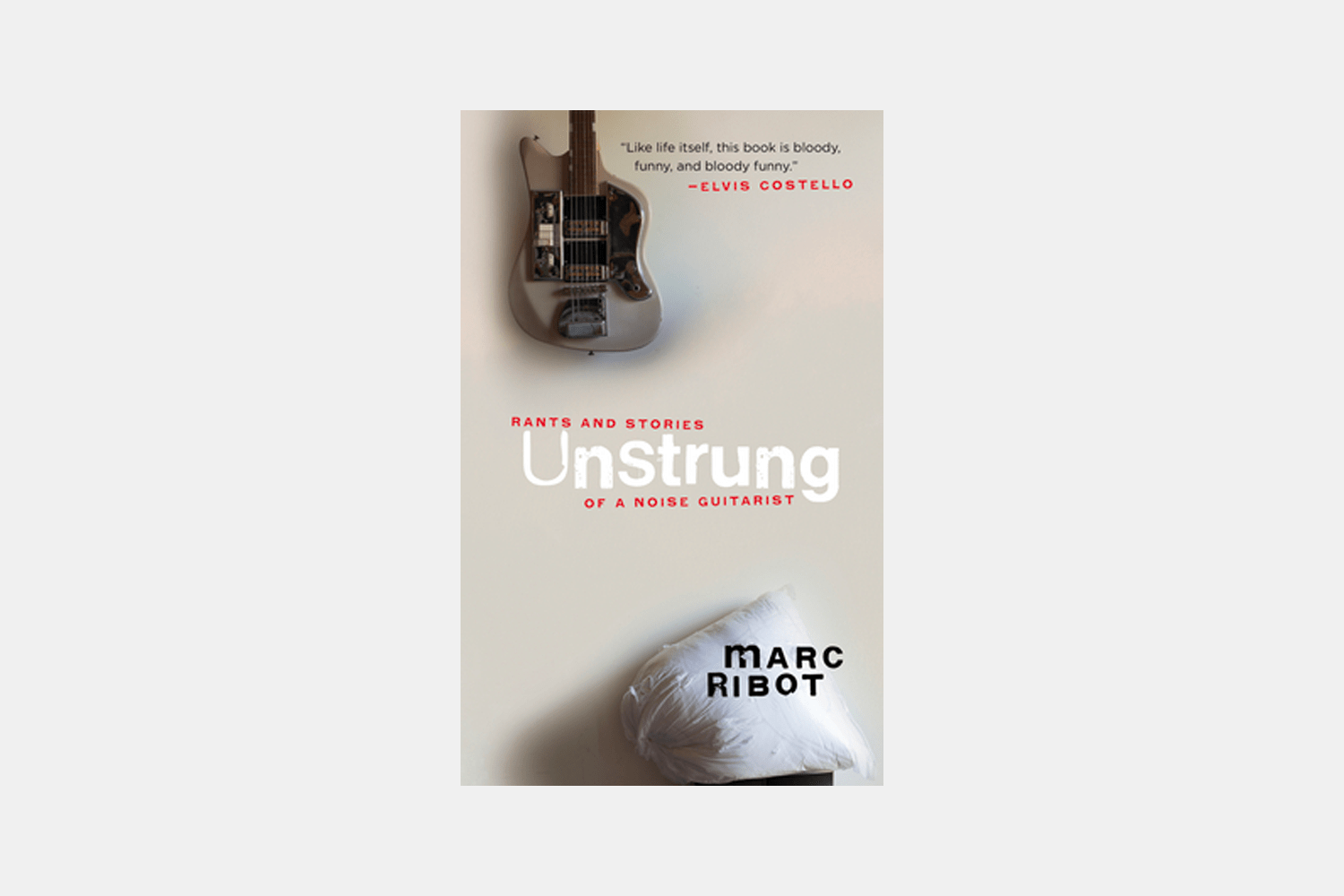
But there’s also New York City. Although Lurie and Ribot were only born two years apart (Lurie in ‘52 and Ribot in ‘54, respectively) a cursory look at Ribot’s discography shows that his early days recording included his time with Lurie’s Lounge Lizards before going on to work with everybody from Marianne Faithfull to Trey Anastasio and the Black Keys. His book doesn’t really dwell on any of that, though. He is one of the truly great guitar journeymen who has always walked to his own strum, and that comes out in Unstrung. Like Lurie, Ribot wrote a book that’s about him and his experiences, and not a book about a place.
The city Ribot grew up near (he’s from New Jersey) and worked in does play a part, of course. There’s a chapter where he discusses the apartment on Second Ave. between 5th and 6th Streets he moved into in 1992. He found the apartment in the back of the Village Voice, a little nod to the way things used to get done in the city. There’s little mention of “the inexhaustible reservoir or disappointment” of downtown New York, but he gets philosophical about the Lower East Side, where he lived and where artists like he and Lurie created their work. Some got rich; others got very little. Maybe respect. Some made it through, others didn’t. Ribot and Lurie did. That’s why Lurie sees that beyond the disappointment, there’s also “evidence of an equally inexhaustible hope.”
The Lower East Side, and much of New York of the past, is gone. It’s been replaced by a Whole Foods or a bank or a yoga studio. The hope Ribot is talking about might be a different kind. He writes “This is hope for History, with a capital H,” and that the people he lived around on the Lower East Side “were the last Histories left.” They are the last remaining living stories of a different time and place. It’s one that we’ll never see again, and that can increasingly only be known through people like Lurie and Ribot: artists, New Yorkers, historians.
This article appeared in an InsideHook newsletter. Sign up for free to get more on travel, wellness, style, drinking, and culture.
